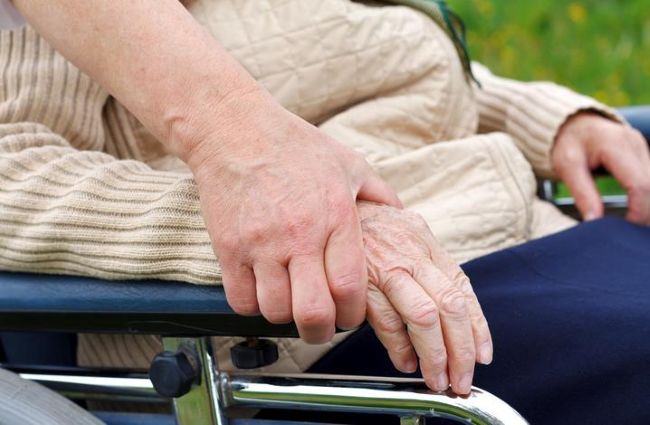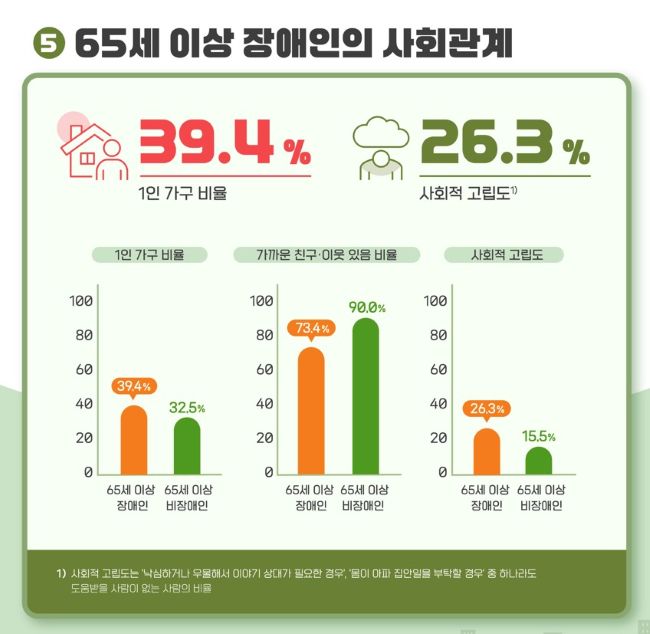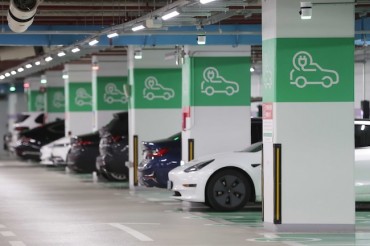SEOUL, July 10 (Korea Bizwire) — A new analysis has revealed stark disparities in the lives of older South Koreans with disabilities, with nearly four in ten living alone and facing significantly higher levels of social isolation compared to their non-disabled peers.
According to a report released Wednesday by the Korea Disabled People’s Development Institute (KODDI), 39.4% of disabled individuals aged 65 and older live in single-person households, compared to 32.5% among non-disabled seniors. The study, based on microdata from the Ministry of Health and Welfare’s 2023 national survey on the elderly, underscores the urgent need for more targeted social support and welfare programs.
The report also found that 26.3% of elderly people with disabilities experienced “social isolation” — defined as having no one to turn to in times of emotional distress or physical illness — nearly 1.7 times higher than the 15.5% reported among their non-disabled counterparts.
As of 2024, there are approximately 1.46 million registered seniors with disabilities in South Korea, representing 14.6% of the country’s elderly population. The most common disabilities include mobility impairments (46.6%), hearing impairments (25.3%), and visual impairments (9.7%).
Older people with disabilities also face economic and technological gaps. Their average monthly household income is 2.11 million won ($1,530), just 72% of the income reported by non-disabled seniors. Meanwhile, healthcare and caregiving costs are significantly higher, averaging 147,000 won per month — more than 50% above that of their peers.
Only 22.7% of elderly disabled individuals are employed, compared to 39.7% of non-disabled seniors, though nearly a third of them expressed a desire to work.
Digital inclusion remains another major barrier. Just 47.3% of elderly disabled people use smartphones, and only 7.7% use computers — both markedly lower than non-disabled seniors (69.0% and 13.3%, respectively).
“The elderly disabled population faces a dual burden of aging and disability,” said Lee Kyung-hye, president of KODDI. “Our findings show the need for more nuanced and inclusive policies to ensure their dignity, well-being, and social participation.”
The institute called on policymakers to expand welfare services tailored to the specific needs of older adults with disabilities, particularly in areas of housing, digital accessibility, and community support.
M. H. Lee (mhlee@koreabizwire.com)








